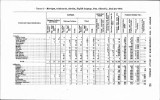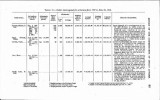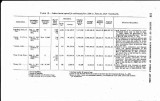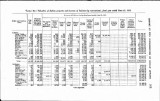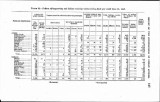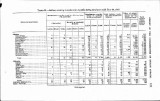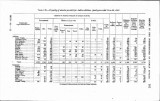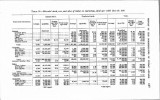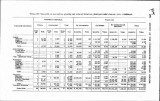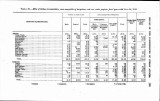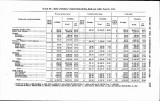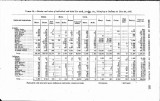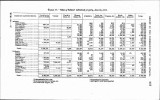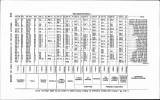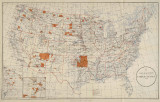| OCR Text |
Show 2 REPORT OF THE COMMISSIONER OF INDIAN UPAIRS. The Government is the guardian ?f this vast Indian estate. How thk property shall be conserved for the benefit of the Indians and how they shall he taught to make the beat possible use thereof so that they may u!timately take their rightful place as self-supporting citizen8 of the 'Republic are the great problem confronting this bureau. A few of the adminiitrative detaila yet to be worked out or com-pleted may be mentioned as follows: 1. It is estimated that under the act of June 25, 1910 (36 Stat. L., 855) there are now pending at the various agencies throughout the Indian wuntry, awaiting the determination of the heirs, about 40,000 &&ship cases, which represent inherit3d lands valued at npproxi-mately $60,000,000. There are pending in thia office about 1,500 heimhip cases on which ha1 action has not been taken. A librge appropriation i3 needed in order to enable hhe office to bring this work up to date. When the heirs are determined the inheritedlands will be available for sale and the proceeds can be used to-improve the allotmentd of the heira. Expediting the work,, of determining the heira of deceased Indian allottees i3 one of the, urgent necesaities of the Indian Service. 2. The allotting of lands to individual Indians has been continued. ever since the enactment of the general allotment act of February 8, 1887 (24 Stat. L., 388). It is estimated that there have been allotted to 180,000 Indians about 34,000,000 acres 'and there remain. to be allotted about 39,000,000 acres. There are nearly 120,000 unallotted Indians. There has been expended for allotment work-h3retofore completed about $4,500,000, and it is believed that it will require at least $3,000,000 to complete the allotment work. I find that there are a large number of the reservations which not only have not yet been allotted but which have not been surveyed. . - The earliest possible completion of the allotment work is desirable, a.s it is the main chance of perhaps 70 per cent of the Indians to become self-supporting, and this work is also preliminary to the opening of reservations. The settlement of white people in the Indian country will result in very materially increasing the.valueof the lands retained by the Indians as their allotments, for it will be the means of locating therein free sohools, churches, good roads, and other agencies of a modern and progressive community. - 3. The thber holdmgs of the I n d i i s have stumpage value of more than $80,000,000. Approximately one-seventh of this value is in timber upon allotted lands. The greater part of the unallotted timber is upon nonagricultural lands in the Rocky Mountain and Pacific States. The timber cover on these tribal lands bears a very direct relation to the regulation of a water supply for lands both within and outside'of Indian' reservations. Even where it is not |






























































